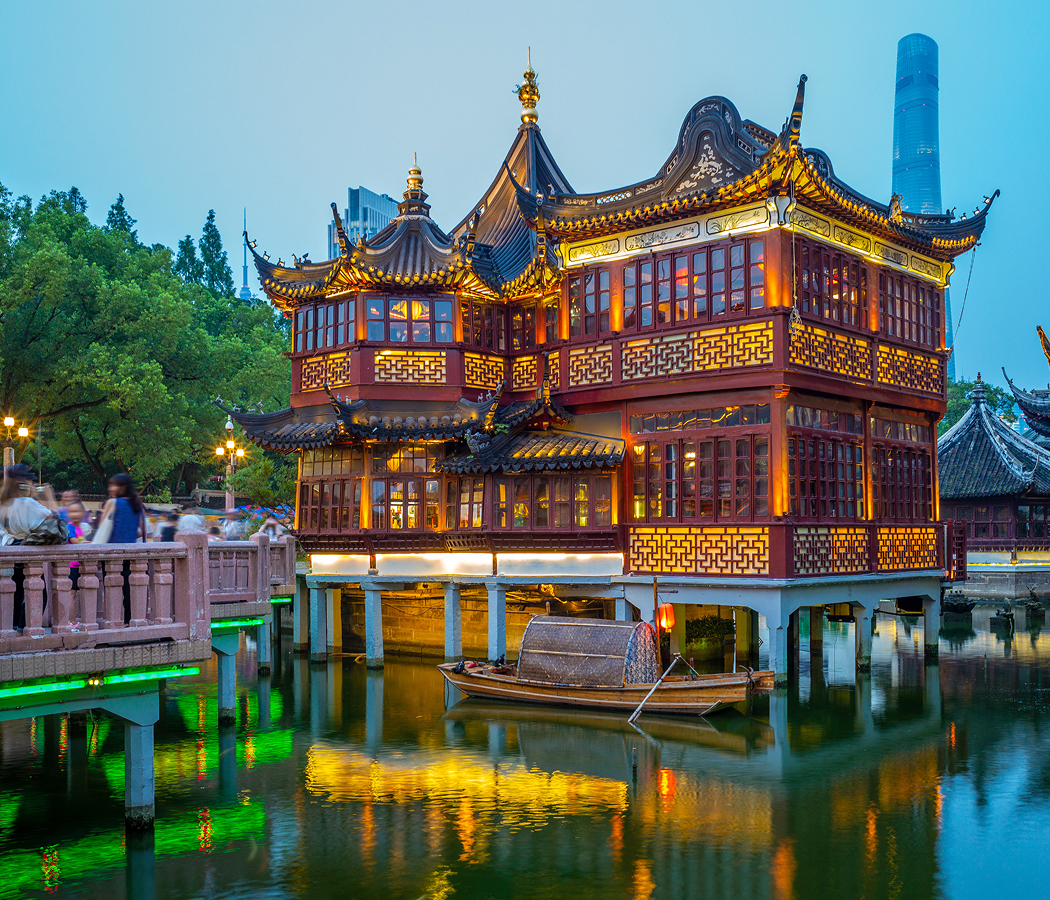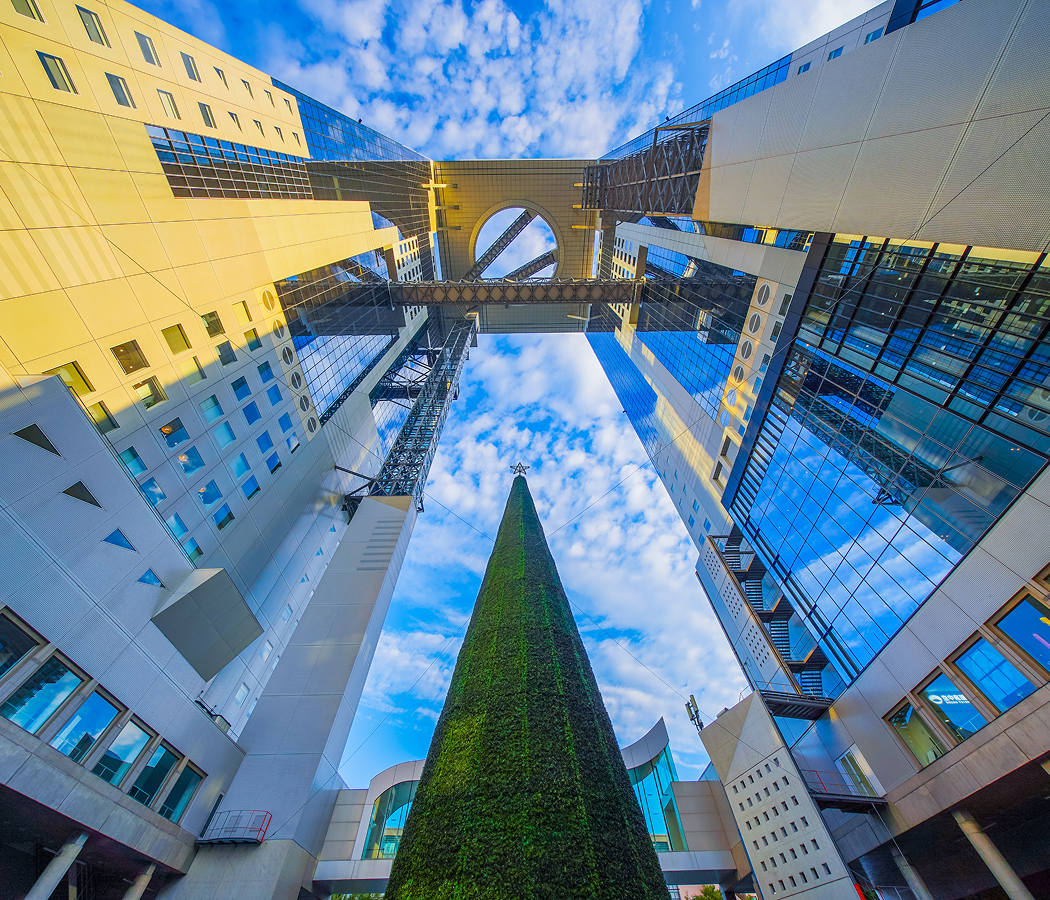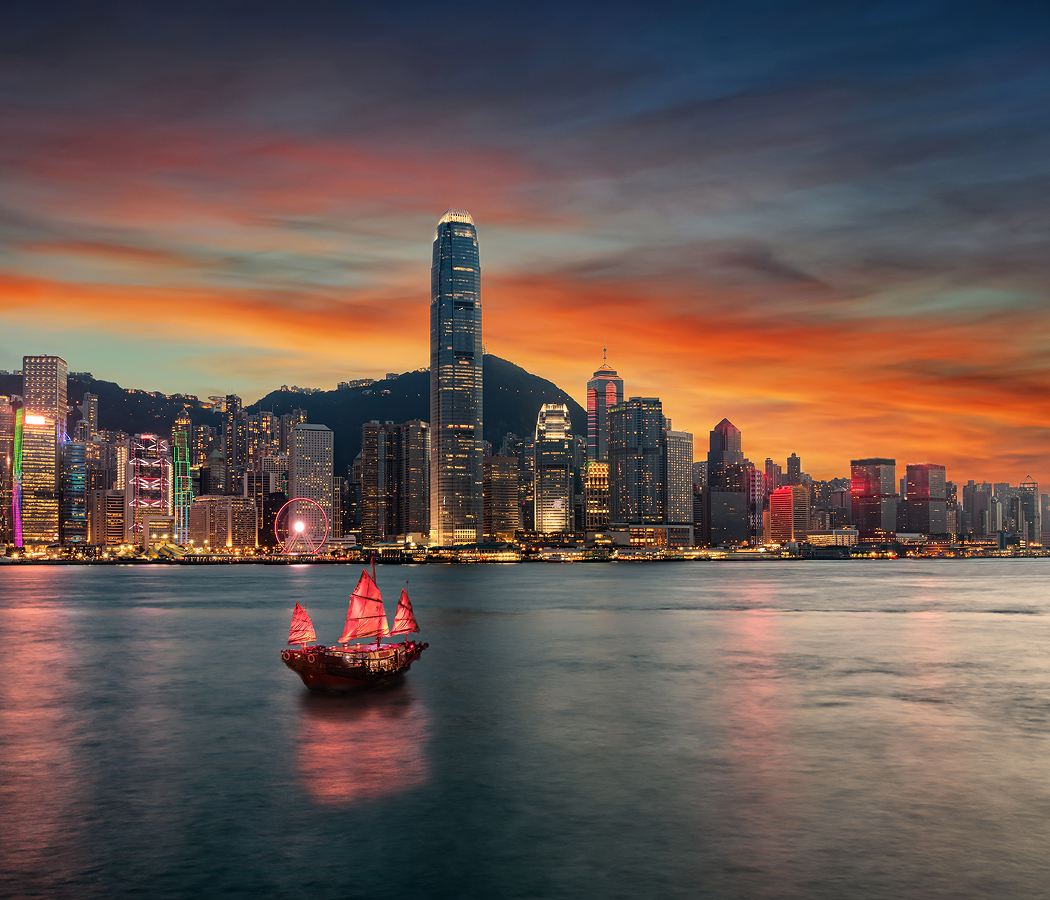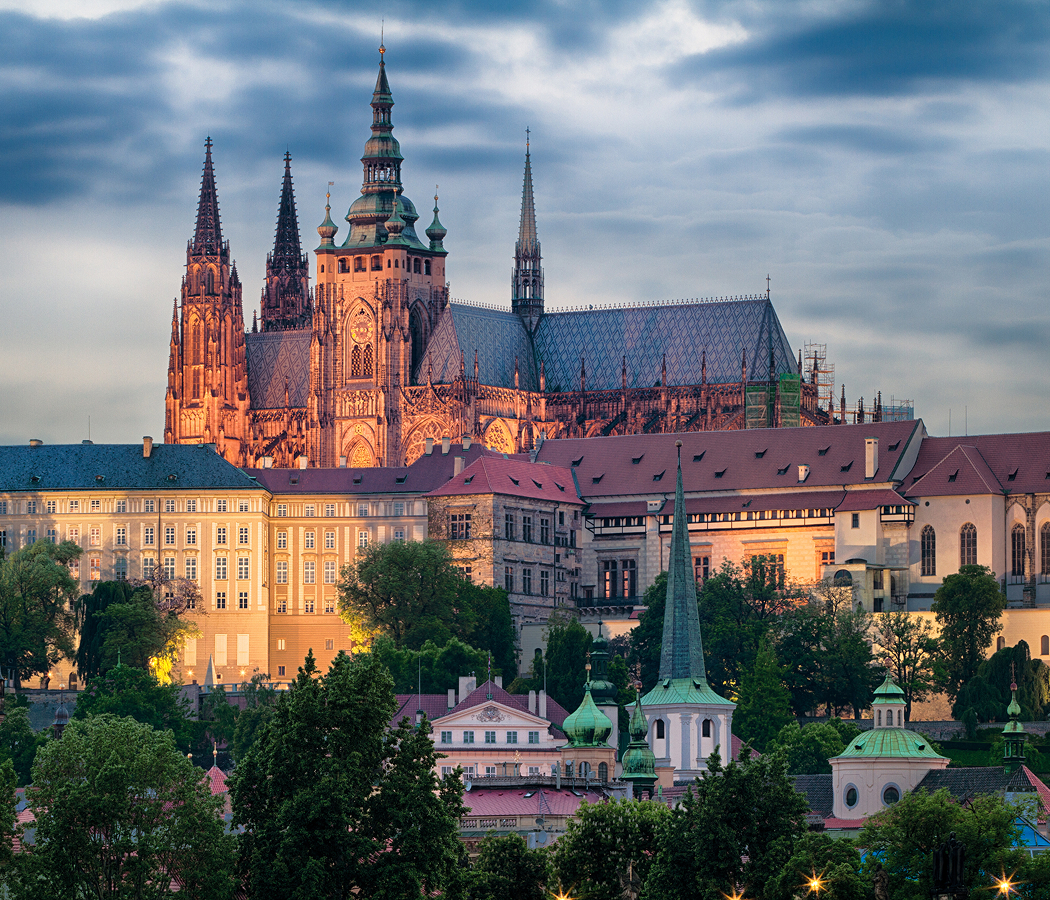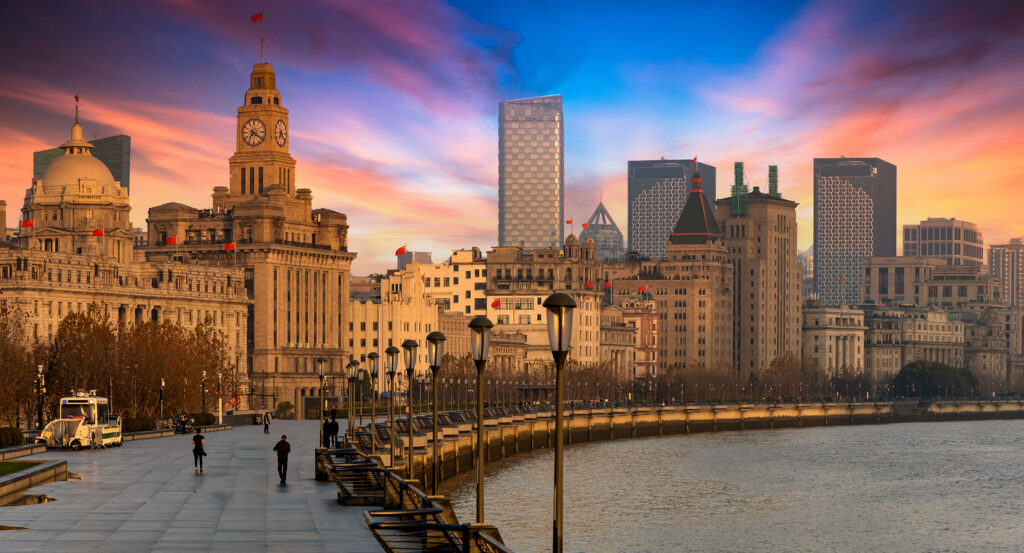
Why you should experience The Bund in Shanghai.
The Bund in Shanghai is where history and modernity meet across the glittering surface of the Huangpu River, a cinematic promenade that tells the story of China’s transformation in stone, steel, and skyline.
Stretching for nearly a mile along the western bank of the river, The Bund, known locally as Waitan, is Shanghai’s most iconic waterfront, a living museum of colonial architecture framed by the futuristic towers of Pudong across the water. By day, the street hums with energy as locals jog along the granite promenade and tourists gaze up at the ornate façades of 19th-century buildings that once housed foreign banks, consulates, and trading houses. By night, it transforms into pure poetry: the lights of the Oriental Pearl Tower, Jin Mao Tower, and Shanghai Tower shimmer across the river, mirrored in the glassy calm below. Walking The Bund is like flipping through Shanghai’s diary, from its days as an international treaty port to its present as a global powerhouse. The architectural styles here are as varied as the city’s past, Baroque, Gothic, Art Deco, and Neoclassical, yet somehow, they harmonize, forming a symphony of design that has earned The Bund the nickname “the museum of buildings.” Each façade carries whispers of a bygone era, and yet, the entire district pulses with the confidence of a city reborn. The Bund isn’t just a place to see, it’s a place to feel the rhythm of Shanghai’s evolution, where East meets West, and past meets future, in dazzling equilibrium.
What you didn’t know about The Bund.
Behind its polished grandeur, The Bund hides a complex narrative of power, resilience, and reinvention.
In the mid-1800s, following the First Opium War, Shanghai was opened as a treaty port, and The Bund quickly became the heart of its foreign concessions. British, French, and American traders established banks and shipping offices here, transforming what was once a simple embankment into one of Asia’s most prestigious financial centers. Buildings like the former HSBC Bank and the Customs House, both masterpieces of neoclassical architecture, became symbols of Shanghai’s cosmopolitan allure. Yet beneath this prosperity lay tension; The Bund was also a stage for colonial dominance and inequality, with Chinese residents often excluded from the privileges of its elite institutions. After 1949, the area was reclaimed by the people, and its stately halls were repurposed for government offices, museums, and cultural organizations. Over the decades, The Bund has been meticulously preserved, its historic architecture standing as a reminder of Shanghai’s layered past, a place where the city’s scars and triumphs coexist. Few visitors realize that the granite embankment itself is an engineering marvel, built to withstand the rising tides of the Huangpu River. The famous Bund promenade, first paved in the early 20th century, has since become one of the most recognizable cityscapes in the world, the backdrop for countless films, celebrations, and proposals. Even the term The Bund carries meaning: derived from the Hindi word bandh, meaning embankment, it reflects the city’s multicultural lineage. Today, this stretch of riverfront is once again the heart of Shanghai’s story, not as a symbol of foreign power, but as a monument to Chinese resilience and global identity.
How to fold The Bund into your trip.
The Bund is best experienced as both a walk through history and a front-row seat to the skyline of the future, a rare view where two worlds face each other across a single river.
Start your visit in the early morning, when the promenade fills with locals practicing tai chi against a misty skyline, and the scent of steamed buns and coffee drifts from the nearby cafés along Zhongshan Road. Move south to north, beginning near the Fairmont Peace Hotel, itself an Art Deco masterpiece, and stroll past landmarks like the Customs House and the Shanghai Pudong Development Bank, whose interiors remain lavishly preserved from the 1920s. As the sun rises higher, cross the river by ferry to Lujiazui to see The Bund from the opposite shore, the skyline reflected in the water like a mirage. Return at sunset, when the lights begin to flicker on, and the entire city seems to exhale into evening. For the full experience, ascend one of The Bund’s rooftop bars, such as Bar Rouge or M on the Bund, where you can sip a cocktail beneath the neon glow of Pudong’s skyscrapers. If you visit during the National Day or Lunar New Year celebrations, the waterfront comes alive with light shows and fireworks, an awe-inspiring reminder that this city has never stopped dreaming upward. And if you stand quietly by the railing at night, watching the boats glide past and the skyline pulse in reflection, you’ll understand what makes The Bund more than a landmark, it’s Shanghai’s soul on display, a perfect fusion of memory, ambition, and light.
Hear it from the Foresyte community.
Morning Bund is soft jazz, evening is a rave. You come back twice just to see which personality you vibe with more. Spoiler: both. You’re not that strong.
Where meaningful travel begins.
Start your journey with Foresyte, where the planning is part of the magic.
Discover the experiences that matter most.


